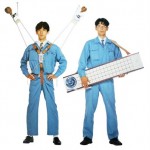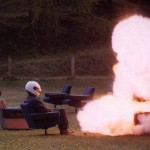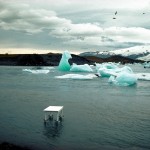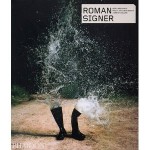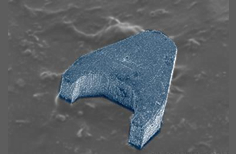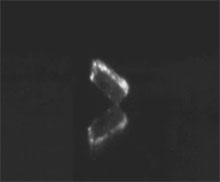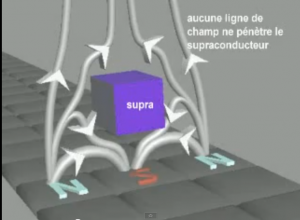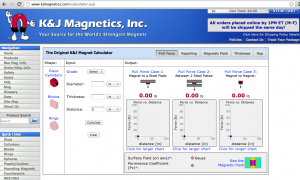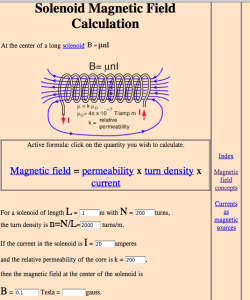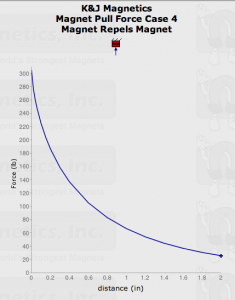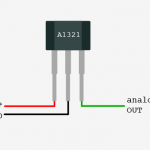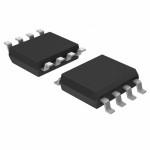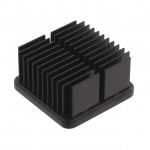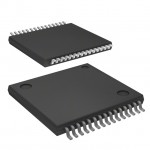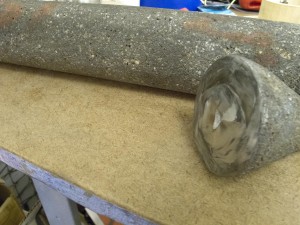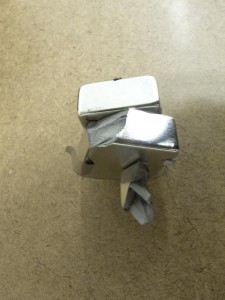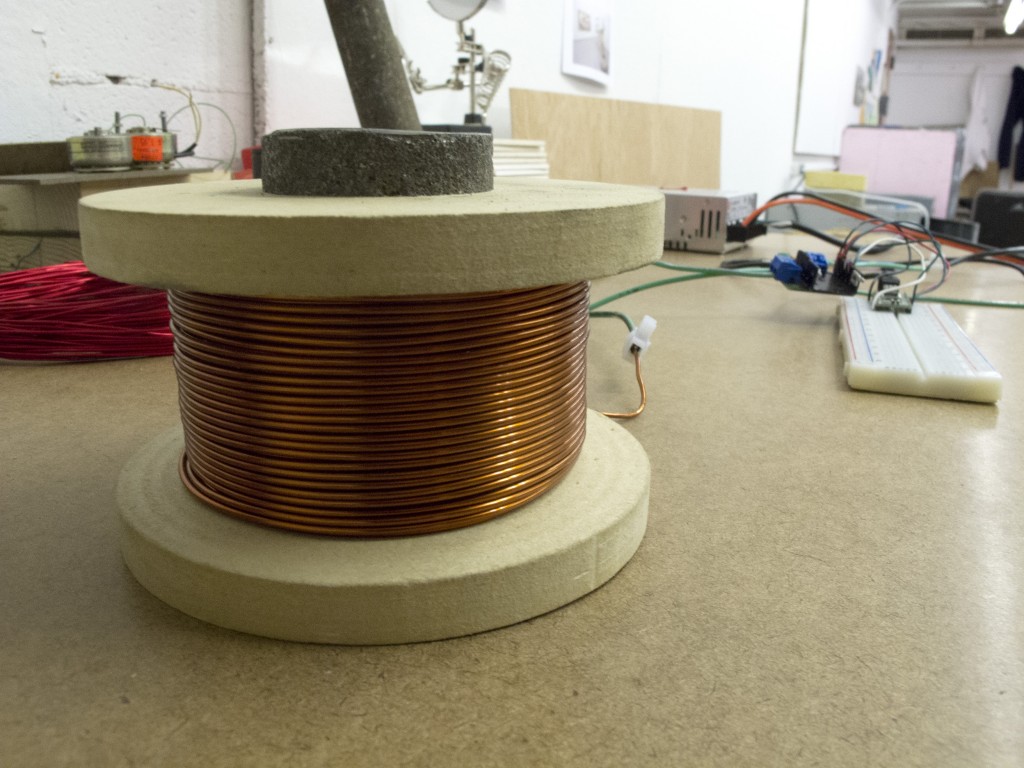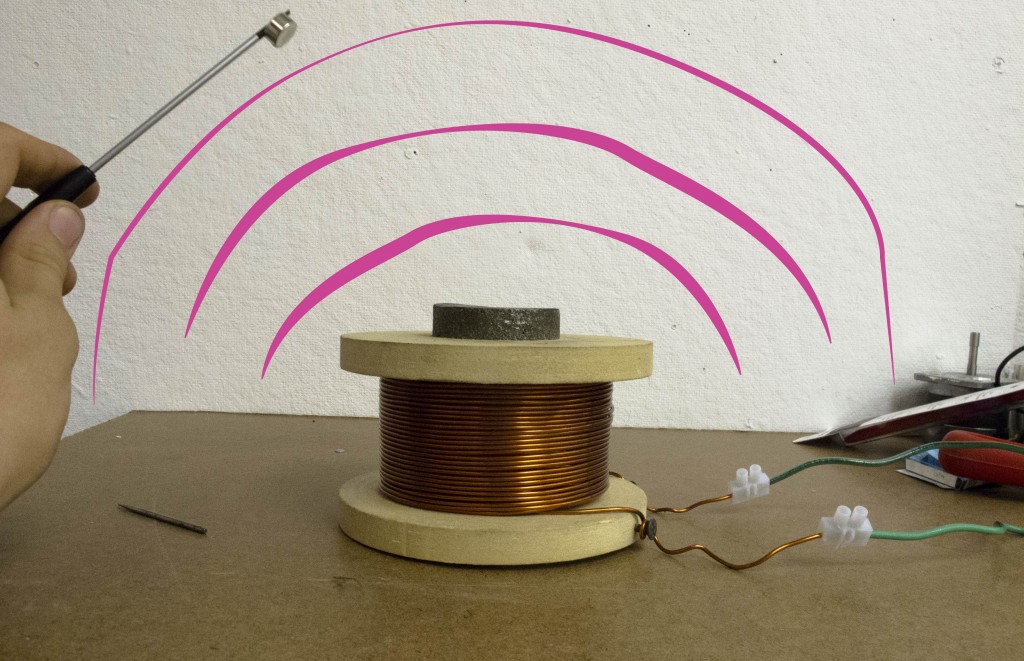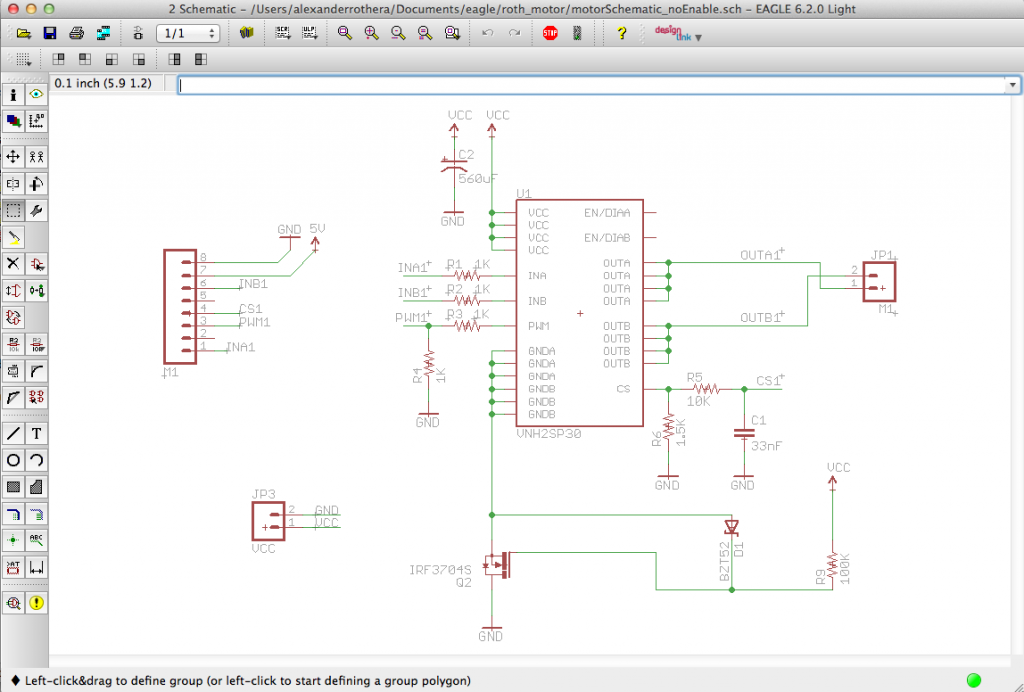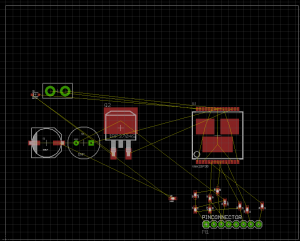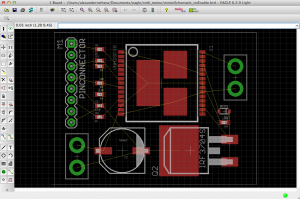Rothera-Mid Semester Update
Mid Semester Update: Alex Rothera
Just for a public record I wanted to post some writing about this project I made initially because I feel it still is holds true to my direction with this project, and might not have been seen yet. Also below is an image of an artist statement I finished last week. The first artist statement I am actually happy with.
Object & Machine: a Relational Performance
“Object”- Has a natural reaction. Has many natural states.
“Machine”- Performs actions or verbs on the object(s). Has many calculated states.
“Happenings” – Happenings take place anywhere, and are often multi-disciplinary, with nonlinear narrative and the active participation of the audience.
“Coincidence” – correspondence in nature or in time of occurrence.
I plan on creating a machine that performs a specific action and goal. I’m interested in everyday rituals and the minute gestures we perform everyday that can be magical when examined closer. The peculiar day to day events like dropping a bottle that happens to flip and land right-side up or when going to wash your hands or when a static charge left on your hands makes the water bend away from you so slightly. These moments in the day that are noticeably strange or compelling for milliseconds before they are forgotten and life moves on.
I’m more interested in these moments that are intangible, where a force (wind, electricity, magnetics) is actually controlling the action. My theory is that by pinpointing a small happening or daily experience I can create a machine to re-perform this gesture by the hundreds or thousands, therefore creating an event greater than the original occurrence.
Artistic Research:
It seems odd to do research for artists. I only like to do this phase after I have a clear mindset of what I am interested to making/pursing and then I begin to look at real world artists. My thought is to have a concrete idea first so that I don’t just look to mimic others work.
Maywa Denki— He is one of my newest most favorite artists I have run into. His naki series is a series of 26 different machines related to a fish motif. The series (made during the early 90’s) looks to create a complete metaphysical portrait of himself in 26 states.
Pe Lang — Pe Lang’s work is highly polished (in a way that I do not actually like) and incredible simple. I mainly like Lang’s work for the way he describes and structures his work into a series of “moving”, “falling”, “positioning.” His work feels like a highly polished Roman Signer.
Roman Signer—
Romans work has a strange effect on me. It makes me laugh, think, and pissed that I didn’t think of it. His work functions well to present events, sculptures, and happenings in a way that looks effortless. His work is indeed very calculated and precise, but I love and hope to one day create work as simple and provocative as his.
Self:
During my timeline I made the plan to keep note of strange coincidences that take place in my day to day events. This proved to be much harder than I realized. I have some notes and sketches around that I will try to find. The most provocative coincidence I noted in my sketches was the reoccurrence of people losing umbrella’s in the wind. I loved this because 1. Its happened to me all the time. 2. I really animates the umbrella in a way that tortures the person. As in it itself is deliberately running away. 3. Umbrella isn’t a blank metaphor like most of the ‘phenomenon’ work.
I draw a distinction in my mind between the idea of ‘coincidence’ vs. the idea of ‘phenomenon’. Much of the reading and theory I have been examining speaks more to the larger philosophical term of ‘phenomenon’. Even the popular term ‘Ghost in the Machine’ (also a show currently in NYC) points toward this.
I’m finally interested in 3 outputs of presentation:
1) Video performance experiments. I wanted to have these done for midsemester but this proved to be too hard as I got hung up on other details. I think because magnets are simply provocative and fun, art concepts and theory aside, a video could showcase this. I love the classical ‘artist in studio’ alone, having fun with material and concepts and then editing it in a way that creates something greater.
2) Interactive project. Very quickly I found that while showing studio-mates my magnet they were amazed to feel the pull of the field straight. But then once I started sending signals and patterns they totally freaked out. Laughing, making weird faces. They said the creepiest part was that the blank metallic square seemed to be alive when I sent pulsing signals.
3) A sculpture that re-performs a specific gesture, probably on the smaller scale than I first imagined. I keep coming back to the word reactionary. I think there is alot of work that looks to recreate tornados, clouds, wind, and natural phenomenons. But I’m interested by the idea of a sculpture that reacts to a natural force. A calculated reactionary system. E.g. if there is a kite that wants to stay in an exact position suspended in air in relation to a person. So if you were to walk around the kite you might only see the face of the kite. Despite your presence or the presence of wind, the computer system is attuned to correct the kite so it appears to never move.
Magnetic Research:
[FYI I have an entire google document of research available to anyone looking to make electro magnets. It is all links and sites for information and inspiration in the field. Ranging from introductory youtube tutorials to top notch factories.]
Before I get into keywords, tools, and formulas I have been using. It is important to note Eric Diller and his Nano Robotics work ‘Magnetically Actuated Robots.’ Ali, Luke, and I made a trip very early on to his lab to get an introduction to his work and the core concepts of electromagnets.
Eric’s work deals with creating a small 3D “stage” for microlevel robots. This small space has the ability to control robots within the space using a semi-complicated computer system. Eric’s project uses 8 electromagnets.
This is a electro magnet made by the number one manufacturer currently: Maglabs. The magnet functions like a wrapped coil around with current pulsed through the copper, but instead the system uses die-cut pieces of copper. This allows them to fit a tighter amount of copper in the stack, but also to flow water through the stack for faster cooling.
The world of superconductive magnets:

AWESOME BUT FAKE:
www.youtube.com/watch?v=bdK9G3oRVVI
Import Key words/ideas:
Hysteresis:
“When an external magnetic field is applied to a ferromagnet such as iron, the atomic dipoles align themselves with it. Even when the field is removed, part of the alignment will be retained: the material has become magnetized.”
Essentially hysteresis is an important concept that describes the ability of metal or material to retain magnetism. Materials with a high hysteresis hold onto magnetism longer/more permanently. Imagine a piece of steel that is converted into a magnet using a larger supermagnet. In this case we use the word “coercivity” to say that the magnet and metal have a high similarity or coercivity… meaning that they will share and maintain a magnetic charge for a long period of time. It is difficult to remove a magnetic charge from magnets in this case. To do this one must apply and equally oppositely charged force to the magnet.
This concept is key to how we store data on discs or credit cards. Essentially in data collection is important to use materials that have high coercivity so that they retain information and magnetic data well/safetly.
But important for my electro magnets is low coercivity so that the iron core does not retain magnetism In my setup I will need to reverse poles quickly and often and want a quick response time. Also hysteresis is energy. And therefore in high coercivity materials there is energy transfered and lost. But in a magnet we want as little energy and heat transfer as possible.
COOLEST CALCULATOR EVER!
This chart is an output of the magnetic calculator. The chart is a nice point for my presentation purely to show the exponential dropoff of the field strength over distance. I’m not sure how to use this chart to my benefit in terms of calculating electromagnetic fields.
///////////////////////////////////////
Materials Bought:
Early Problems:
Simply cutting the cast iron amounted to a 2 day problem to solve. It was the worst. No saws would cut through it. The end solution was burning through 4 angle grinder blades for one cut.
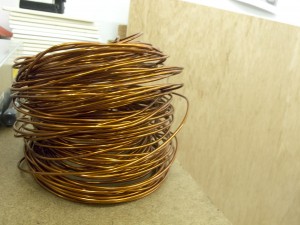
Current State of magnet:
[feedback from interaction]
/////////////////////////////////////////////
EAGLE
[I learned eagle and it only took one loooooooooggggg day]


